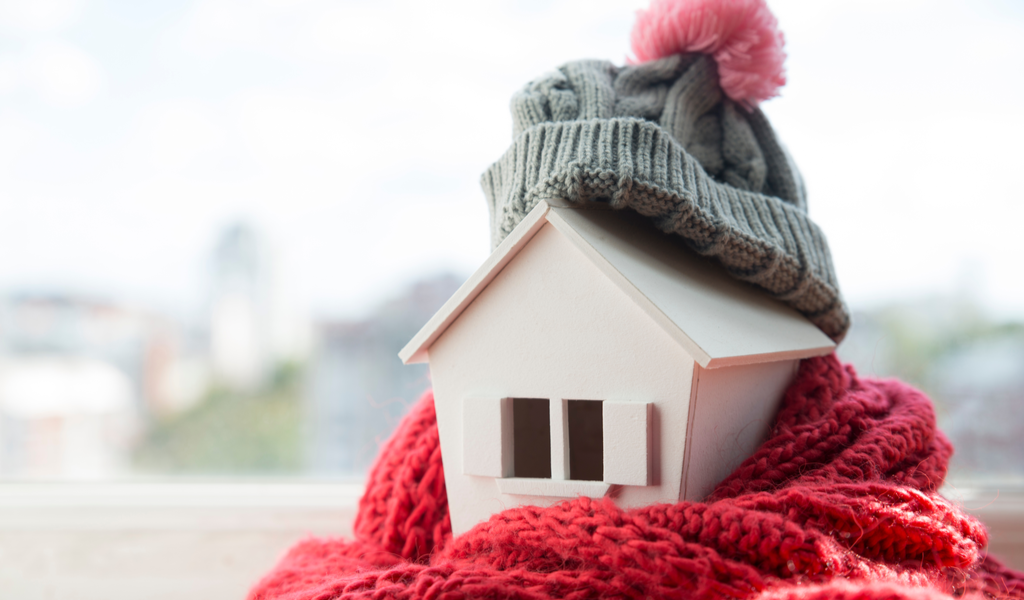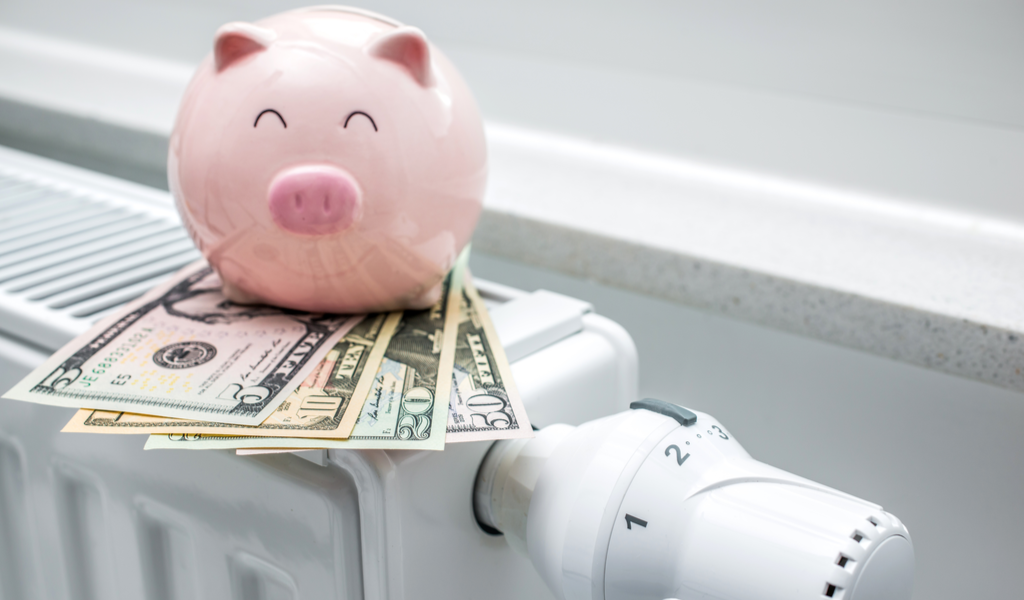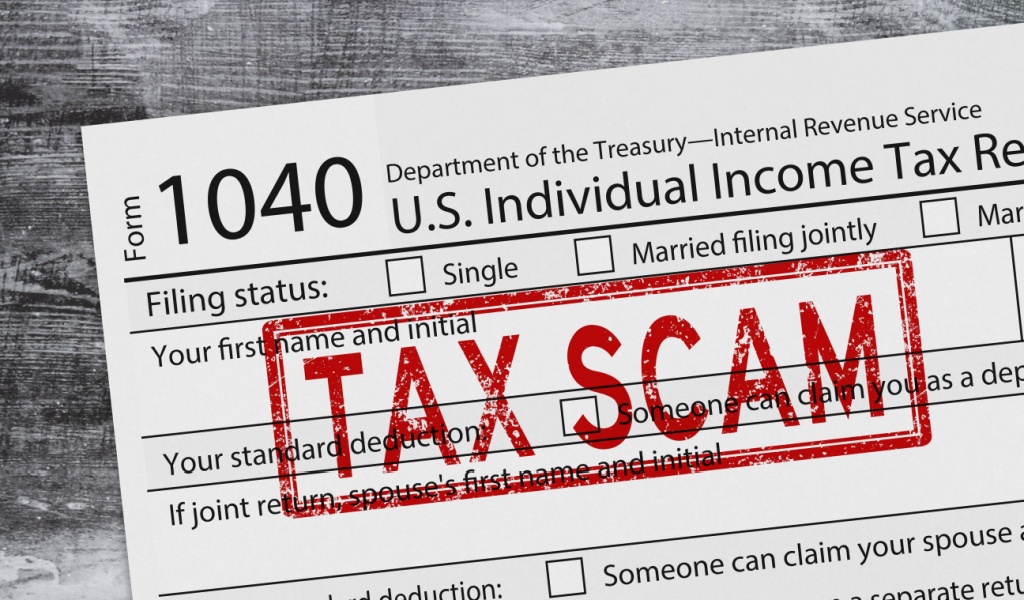On average, an American household spends about $1500 on heating bills per year. With oil prices surging beyond control, you wouldn’t be amiss to be worried about the rising energy bills. Those who depend on methane can expect that number to increase drastically over the next few years as well!
So, just how do you control those dreaded bills? According to energy experts, you can do so by making your house more energy-efficient through simple changes or you might even have to make some big investments. These will help you reduce your heating bill during the cold and dreary winters!

Furnace Servicing
You should hire a professional every year to inspect your furnace and identify repairs that may need to be done. This could cost anywhere from $80-$200 but considering that leaks in the air duct can cost you hundreds of extra dollars, this is a worthwhile investment – and that is just one of the problems that they may catch.
You should also replace your air filter before winter begins and once again after a few cold months. Air filters cost anywhere from $15-30 and will help ensure efficiency and longer-lasting units.
Better Home Insulation
Make sure your house is completely sealed to minimize the wastage of heating. Feel for cold drafts around pipes, doors, cable, electrical outlets, and windows. An inexpensive outlet sealer or draft blocker can easily fix problem areas.
You should also check the stripping around your doors and windows. Cold weather can cause building material to shrink, making cracks appear. You can pay a professional to seal such cracks, which will cost you around $250, or you can do it yourself over a weekend.
Cheaper Options
If you cannot afford to do a professional job, good old shrink wrap can be a lifesaver. It may not be very aesthetic, but it gets the job done! This is especially important for houses built before 1980 as insulation problems are very common. Sealing cracks saves about 10% of your monthly heating costs, and drawing all the curtains at night prevents about 10% loss of in-room heat. Simple habits like this can help reduce your energy bills significantly over time.

Lower the Thermostat
Your thermostat uses a lot of energy to maintain very warm temperatures day and night, even when you aren’t at home. You can invest in a smart thermostat, which can be programmed to turn on 30 minutes before you get home. Just doing this can reduce your monthly bill by about 20% and you will have made up more than the investment in just a few years!
You can further lower heating bills by maintaining a temperature of 68 degrees during the day and 60 degrees during the night. If it gets too cold, use extra blankets!
Smart Alternative Heating Methods
A fireplace may be great for ambiance, but it is not sufficient to heat an entire home during winter. On the contrary, leaving the chimney unsealed can allow hot air to escape and cold air to get it. Make sure the flue is closed when not in use and shut the damper without fail.
Put away the humidifier in winter, when more humid air actually creates warmth in the home. Having it on along with the heating only increases energy usage.
Explore Budget Billing Possibilities
Utility providers draw up an estimate according to your past usage and permit average cost estimations that are to be paid for every month. This enables you to budget your electricity bills without worrying about reducing energy usage or saving money. Some providers also have time-based plans that help avoid high energy usage during peak times.



